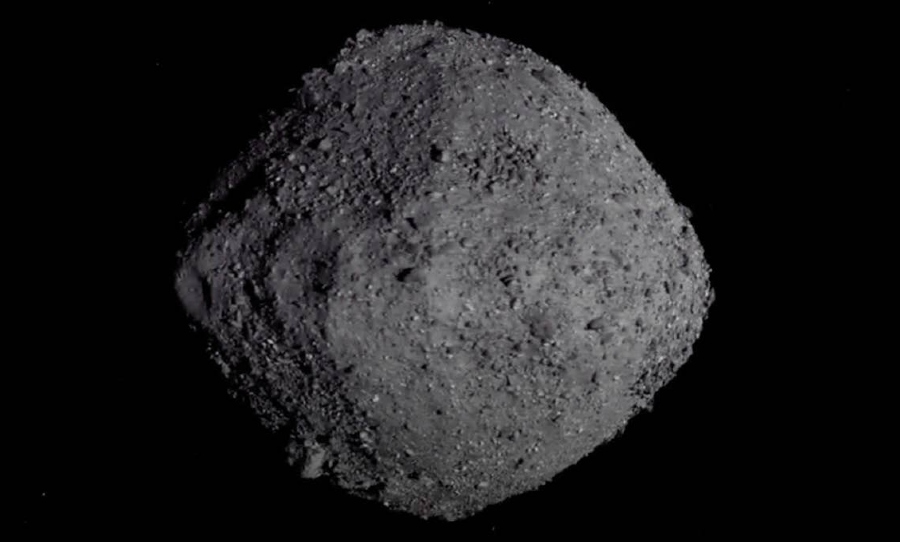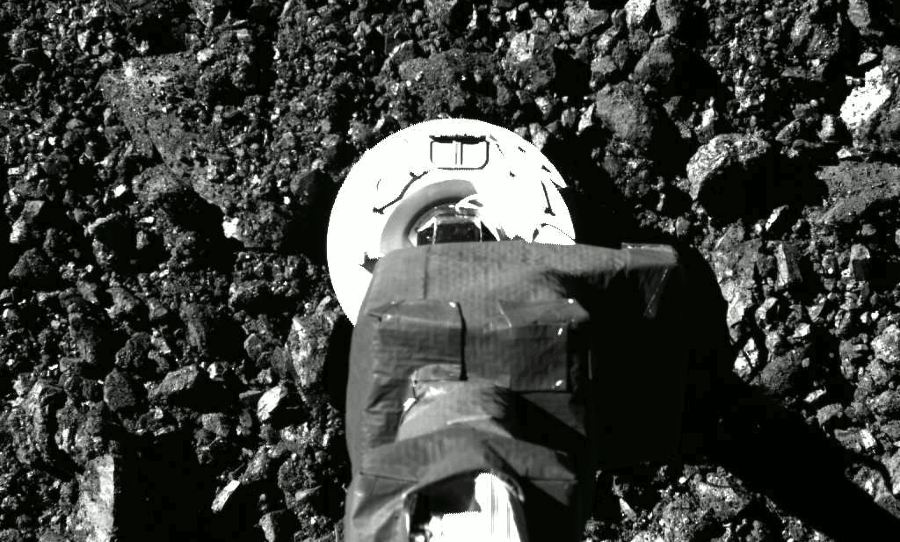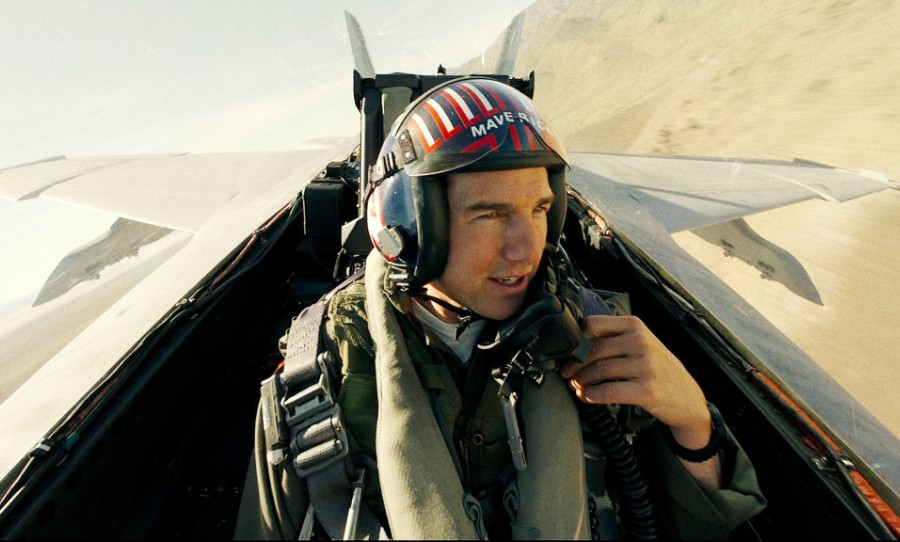NASA spacecraft Osiris-Rex has obtained rubble from asteroid Bennu, which is thought to have similar components to the building blocks to life on Earth.
A NASA spacecraft has made history by collecting a handful of rocks from the surface of asteroid Bennu, an asteroid thought to have similar components to the building blocks of life on planet Earth.
The Osiris-Rex spacecraft began its descent towards asteroid Bennu 200 million miles away, which involved a four-and-a-half-hour plummet towards the space rock.

Not able to land on the asteroid due to its low gravity, the spacecraft used its 34-metre robot arm to grab at least 60 grams of the boulder, dodging rocks the size of buildings in the process.
TAG! We’re it!
Just released: new @OSIRISREx views from yesterday as our spacecraft touched the surface of asteroid Bennu for about six seconds, and used its robotic arm to attempt to collect a sample of rocks & dust: https://t.co/s4WUCt26bX#ToBennuAndBack pic.twitter.com/dPL00ZvlxY
— NASA (@NASA) October 21, 2020
The planning process behind this mission began ten years ago, with Osiris-Rex launched 4 years ago in order to gather information on the asteroid.
Bennu has a similar orbit to Earth, with the theory being that asteroids of its kind could have provided the first instance of life to our planet. This means that the research obtained from the rubble could be extremely significant in providing information on the dawn of life on Earth.
Osiris-Rex reached Bennu’s orbit about two years ago, and the mission has since been to find the right time and place to land on the 510-metre diameter rock. The area the spacecraft subsequently touched upon was termed ‘Nightingale’.
NASA then planned to shoot nitrogen gas in order to stir up any loose rocks and subsequently suck up that dust, with contact expected to last only as long as 10 seconds.
Being 500 million years away, the signal that Osiris-Rex had touched the asteroid’s surface took 18 minutes to get back to Denver, where the ground controllers were waiting for the good news.
How it started: How it’s going: pic.twitter.com/xT7hLo7SCl
— NASA’s OSIRIS-REx (@OSIRISREx) October 21, 2020
Mission leader, Dante Lauretta, said in a statement, “After over a decade of planning, the team is overjoyed at the success of today’s sampling attempt.
“Even though we have some work ahead of us to determine the outcome of the event – the successful contact, the TASGM gas firing, and back-away from Bennu are major accomplishments for the team. I look forward to analysing the data to determine the mass of sample collected.”
The NASA team will now wait until later this week to see exactly how much asteroid rubble the spacecraft managed to pick up, with the samples not due back to Earth until 2023.



